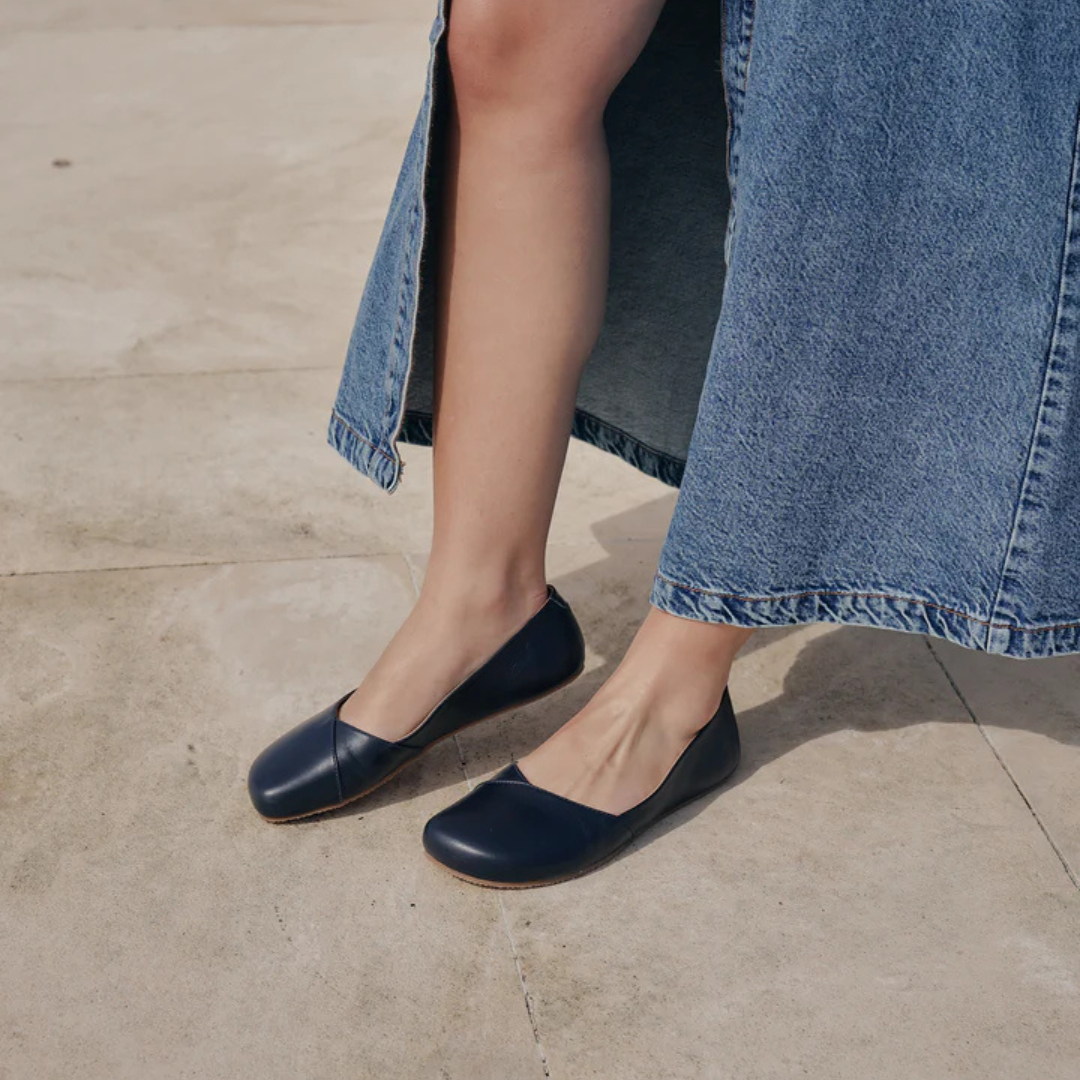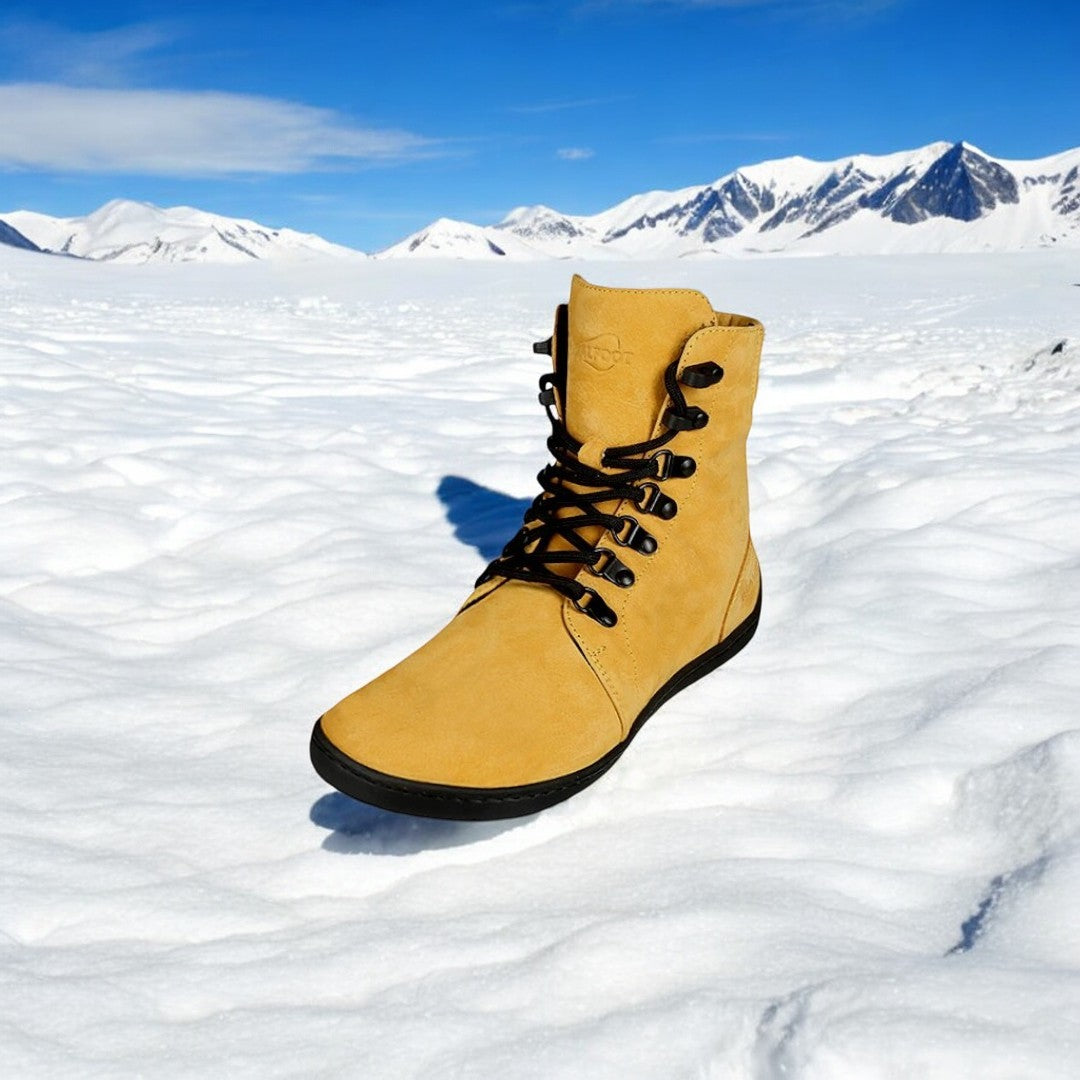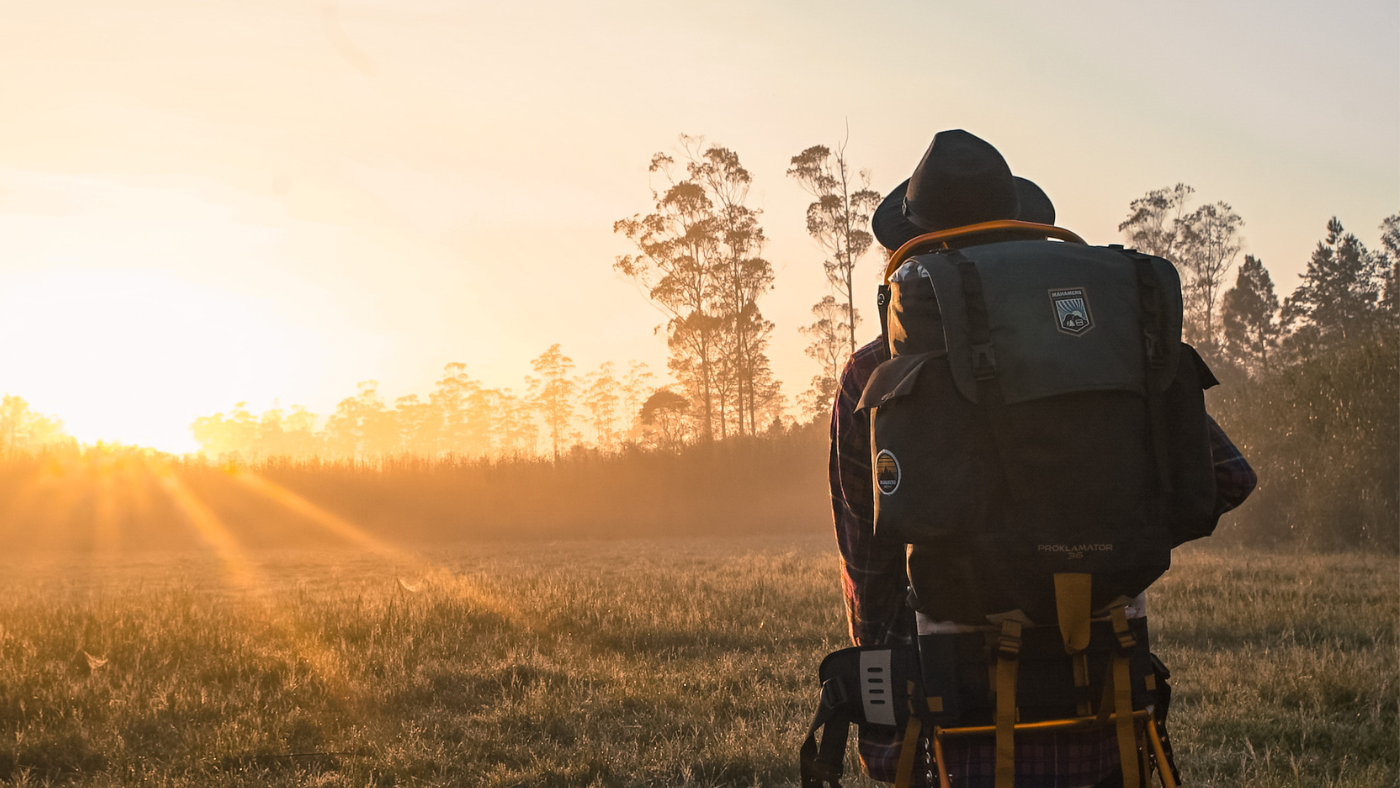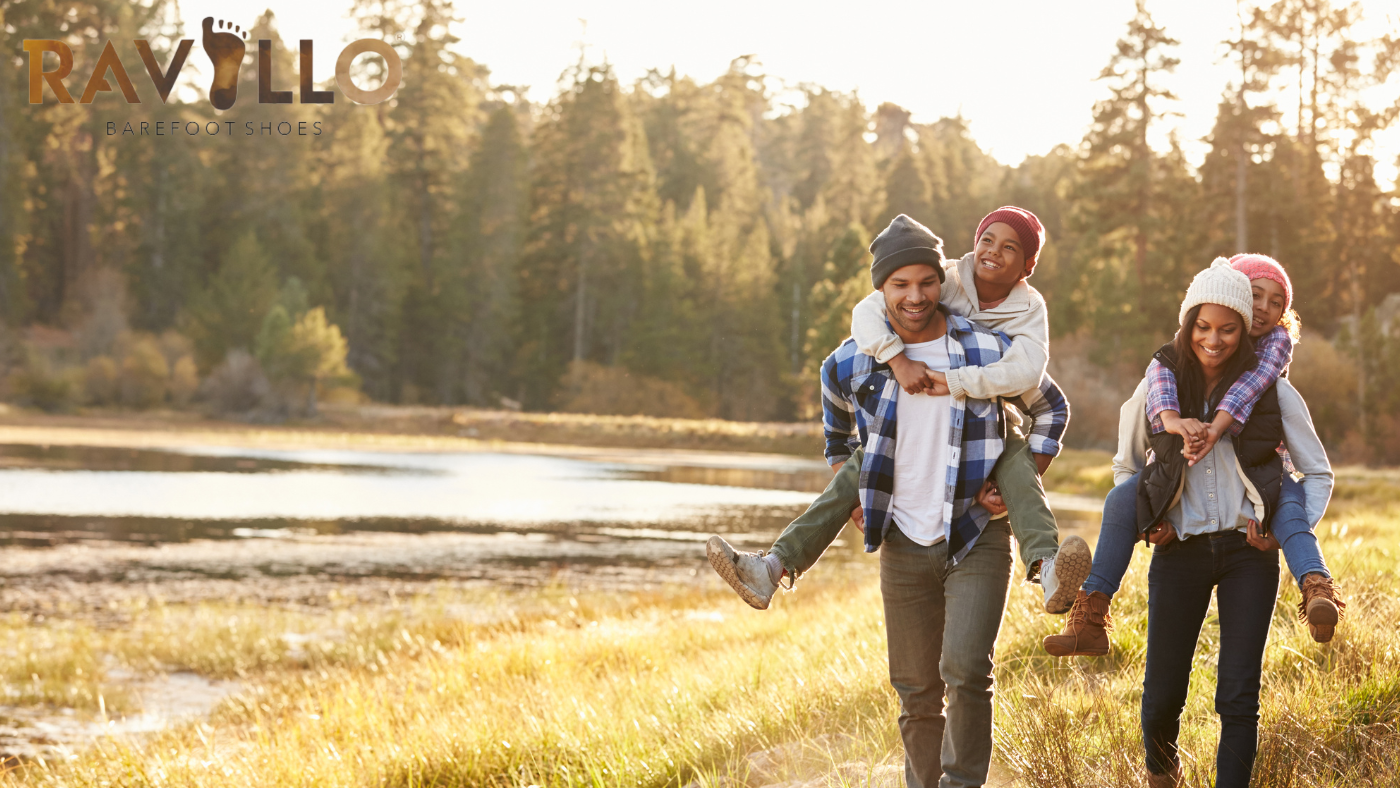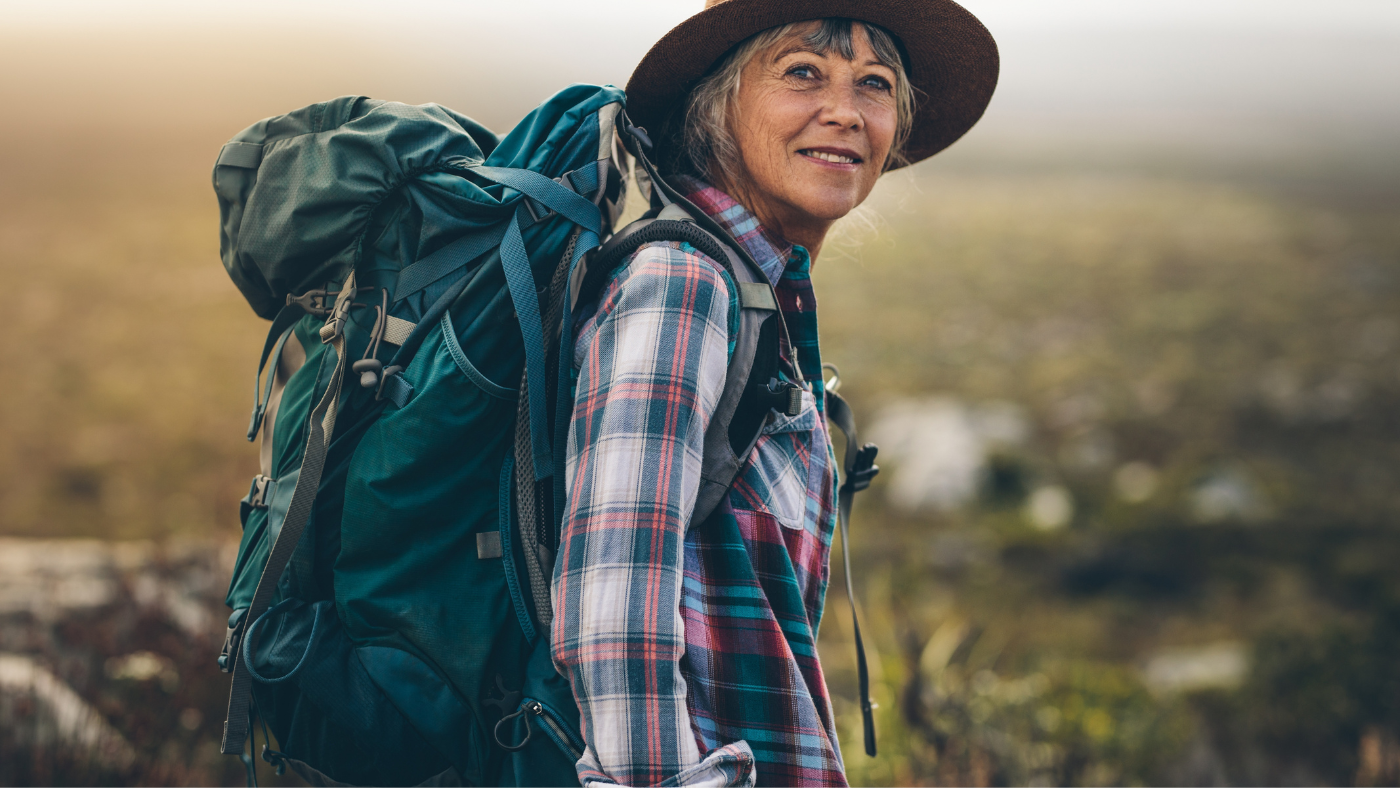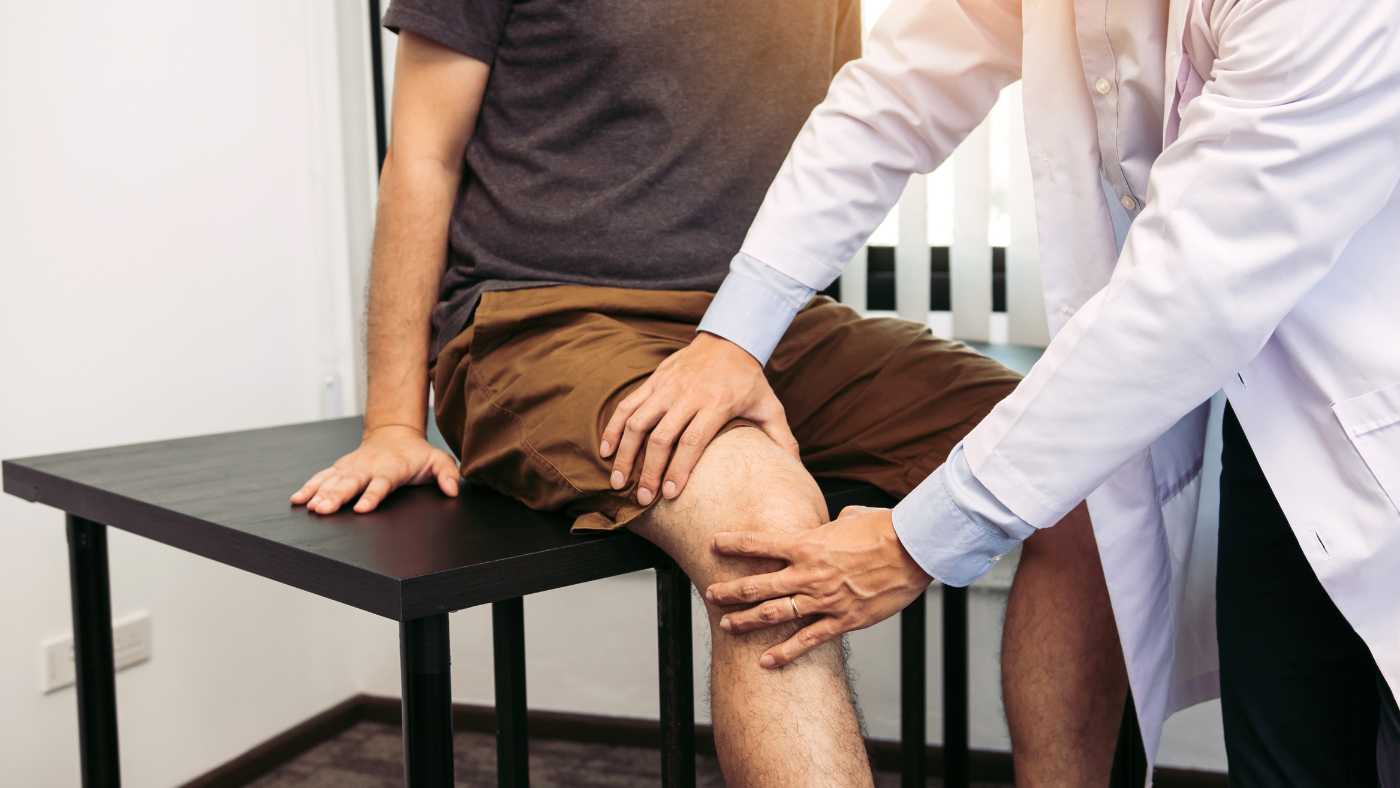You Will Want Barefoot Shoes After Reading This…
Introduction
Did you know that a lot of our foot pain, back pain, and knee pain may be caused by our shoes? Footwear was originally crafted thousands of years ago to protect our feet from the elements. But now, many designs serve more as fashion statements or provide the ultimate cushioning experience. While there is a time and place for these sorts of shoes, transitioning to barefoot shoes over five years ago was probably one of the best decisions I've ever made. Here’s why you might want to consider making the switch too.
The Problem with Modern Shoes
Modern shoes often have thick, inflexible soles, raised heels, and a constricting design with a narrow toe box. This lack of flexibility and narrow toe box compromises natural movement, while a raised heel robs you of your natural spring. Additionally, the excessive cushioning in modern shoes can weaken our feet, keeping us dependent on more supportive footwear. Poor foot health is a major contributor to issues that affect the entire kinetic chain, impacting ankles, knees, hips, and the spine.
The Benefits of Minimalist Footwear
Minimalist footwear brings us back to basics. They feature a wide toe box that allows your feet to splay naturally, thin flexible soles that let you feel connected to the earth, and a zero drop heel that keeps your heels in line with the balls of your feet. Essentially, this type of shoe aims to allow your feet to move as they would if you were barefoot.
I jumped on the minimalist footwear bandwagon over five years ago after reading Katie Bowman's book, "Move Your DNA." This book is a fantastic resource for anyone interested in learning more about natural movement. While minimalist shoes were pretty popular at the time and comfortable to walk in, they were not the most socially acceptable footwear. This prompted me to get my first pair of Vivo Barefoot shoes, which are a bit more socially acceptable, albeit neon-colored.
Transitioning to Minimalist Footwear
Transitioning to minimalist footwear is a slow process. You’re retraining your feet after years of confinement in modern shoes, and everyone’s journey looks different. Living in the city and primarily walking on concrete surfaces, it took me about three years to comfortably wear these shoes for longer distances. Over the last two years, I challenged myself to walk 50,000 steps in a day and 75,000 steps in a day in my minimalist shoes. I documented both experiences on my channel, and I must say, it’s something I never thought I would be able to accomplish before this journey.
Walking around primarily on concrete with just five millimeters of thickness between you and the ground is no easy feat (pun intended). Needless to say, my feet are stronger than ever, but there have been a few surprising changes along the way.
Changes and Challenges
One obvious change is that I cannot stand how my feet feel in traditional shoes anymore. I’ll wear heels if I have to attend a fancy event, but I am much more aware of how smushed and confined my toes feel, and I feel disconnected from the ground. Honestly, I've never been very good at walking in heels, so this is a skill I will likely never develop.
One of the most surprising things is that most of my old modern shoes don’t fit anymore. My feet didn't actually grow; they simply returned to their natural state without the constriction of traditional shoes. At this point, I’ve probably gotten rid of 85 to 90 percent of my old modern footwear, keeping only a few pairs for nostalgic reasons.
Improved Posture and Less Pain
Here’s something that could be classified as correlation rather than causation: I’ve noticed a significant improvement in my posture and hold far less tension in my upper back. I’ve struggled with neck pain since 2013, and while going to a different chiropractor and working on my posture has helped, I believe minimalist shoes have also played a role. Most modern shoes have a slightly elevated heel, which affects the way we stand and walk. Minimalist shoes, with their zero drop heel, have helped me stand and walk more naturally, contributing to the reduction of my neck pain.
Drawbacks of Minimalist Footwear
While I am a huge proponent of minimalist shoes, there are some drawbacks. First, they are often more expensive than regular shoes. There are cheaper options available, but they usually sacrifice quality and don’t last as long or look as good. Another common complaint is that the soles of minimalist footwear wear out faster than traditional shoes due to their thinner material. Lastly, there’s the issue of style. Some minimalist shoes can look like clown shoes, though there are brands now offering more aesthetically pleasing models.
Recommended Minimalist Shoe Brands
If you’re interested in starting your minimalist footwear journey, there are many great brands to try out. You can visit RavelloBarefootShoes.com for a wide variety of barefoot shoes.
Conclusion
Our feet are our foundation, and this journey has helped me appreciate just how important foot health is to overall well-being. I never realized how weak my feet had become and am amazed at how strong they are now. As cheesy as it sounds, wearing minimalist footwear has truly changed my life for the better.
If you are experiencing foot pain, back pain, or knee pain, consider switching to minimalist shoes. It’s a gradual process, but the benefits are well worth it. Minimalist shoes allow your feet to move naturally, strengthen your foot muscles, improve your posture, and reduce pain. Though they may be more expensive and wear out faster, the investment in your foot health and overall well-being is invaluable.
So, why wait? Start your minimalist shoe journey today and experience the difference for yourself. Your feet will thank you. If you’re interested in Vivo Barefoot or Feel Grounds, I have some links and discount codes in the description below. Here’s to happy and healthy feet!



